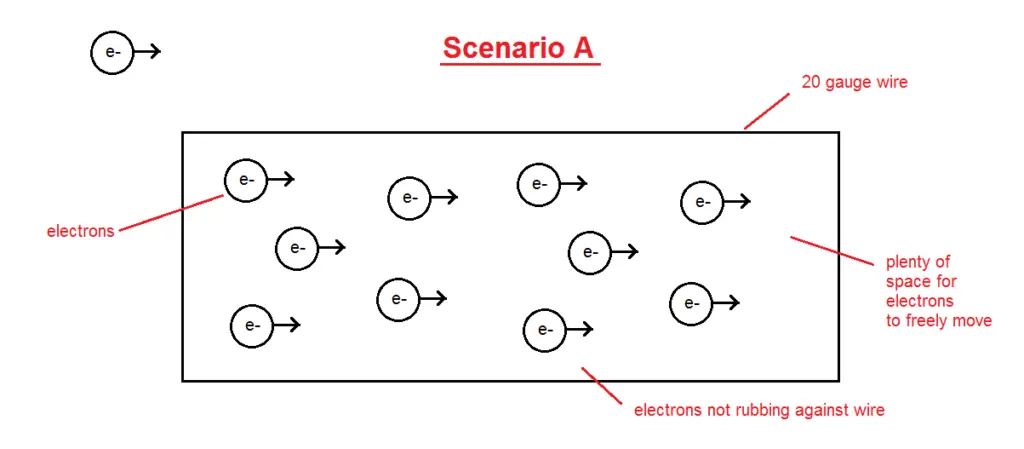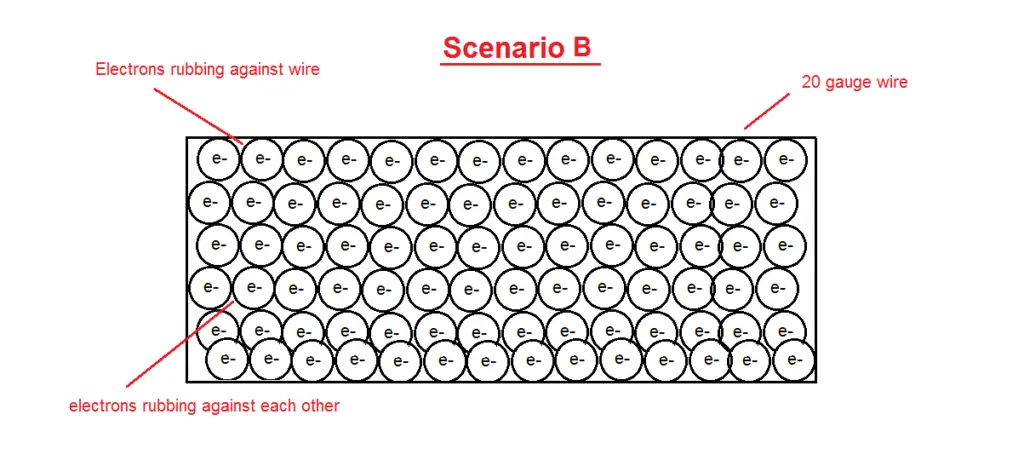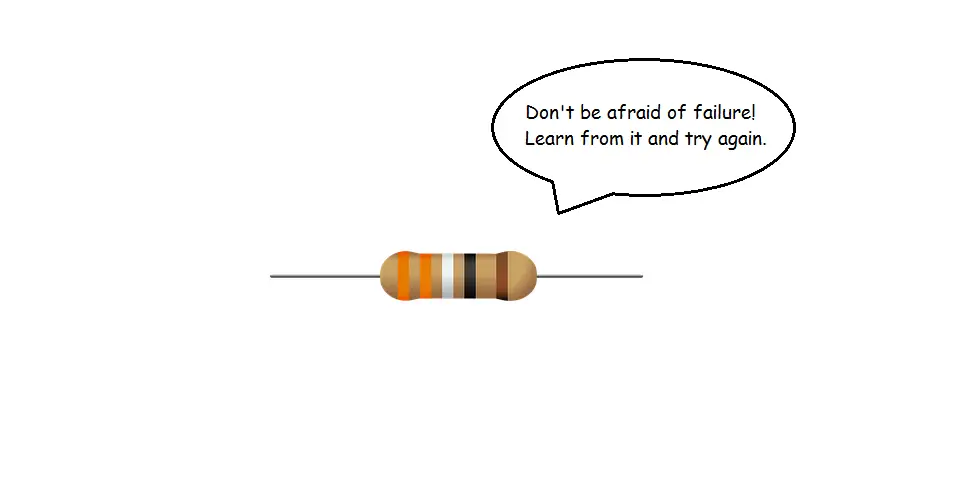Resistors are crucial components in electrical and electronic circuits. They have an important role which is to limit the amount of current that flows in these circuits.
Just like many other components, resistors are prone to failure. Each type of resistor will have a limit to the amount of current and voltage it can handle (depending on factors such as material, size, resistance, etc). These are known as their ratings. Exceeding these ratings for extended periods of time can cause the resistor to fail.
So, what exactly happens when a resistor fails? When a resistor fails, it can burn out and become permanently damaged causing an open circuit. The failure of a resistor can have a domino effect causing overload conditions (high voltage and current) on other components in the circuit, which could lead to their damage as well.
How does a resistor fail?
Before delving into what happens when a resistor fails, it will help to understand how exactly a resistor can fail.
Power ratings are an important characteristic of all electrical and electronic components. Power ratings include voltage, and current. These ratings tell us the maximum amount (of current and voltage) that a component like a resistor is able to withstand while being able to perform its function efficiently and effectively. Exceeding these limits for extended periods of time can cause permanent damage.
But, how does exceeding the ratings cause it to fail? Resistors come in a variety of shapes, sizes, materials, and resistances. These factors ultimately determine the ratings of the resistor. For example, a larger resistor will be able to allow more current (electrons) to pass through it compared to one with smaller physical dimensions. Now if we take those electrons flowing through the large resistor and force them through the smaller resistor, the electrons are going to start bumping into each other as there isn’t much room for them to move about freely. The collisions between these electrons is going to cause friction which is going to lead to the generation of heat. More collisions will increase the level of heat. If the levels of heat get too high, they will damage the resistor.
The two images below show two scenarios, where few electrons can move freely with few collisions (Scenario A), versus when there are too many electrons flowing through the same area causing more collisions (Scenario B).


So resistors of different sizes will have different ratings. A note has to be made though. Sometimes smaller resistors might be able to handle higher levels of power compared to bigger ones. This comes down to the material being used, as some materials allow the flow of electrons more easily.
Things that can happen when a resistor fails
Exceeding a resistor’s power ratings is not ideal, and should be avoided at all costs. However, sometimes even with careful planning accidents can occur and a resistor might end up failing. So, what exactly happens when a resistor fails? When a resistor fails, it is going to get damaged physically. It will first start to get hot to the touch. Then if the heat persists for too long, it is going to start to melt (which you will notice visually, or be able to smell) and possibly smoke as well. This is going to permanently damage the internal structure of the resistor. Now, when a resistor does fail and gets permanently damaged, it is going to become an open circuit.
A resistor failing and becoming an open circuit is going to cause issues in other parts of the circuit by possibly causing overload conditions such as placing a high voltage on other components (which could potentially damage them as well).
Things that can cause a resistor to fail
Sometimes the failure of a resistor might not have any dire consequences (it might be part of a simple circuit). Other times it could end up causing havoc on the other parts of the circuit. Overall, a resistor failing is best avoided. Knowing what causes a resistor to fail can help prevent exactly that. Below are a few things that could result in the failure of a resistor.
Things that can a cause a resistor to fail #1: Improper Circuit design
The first cause is improper circuit design. This can involve choosing a resistor with the wrong resistance, or power rating. This can occur from having calculated the wrong resistance initially in the design process, or by mistakenly placing the wrong value resistor in the circuit. As we saw above, if a resistor’s power ratings are exceeded, it will fail.
Things that can a cause a resistor to fail #2: Overload Conditions
Just as the failure of a resistor can cause overload conditions in other parts of a circuit, so too can the failure of a component elsewhere in a circuit cause overload conditions on a resistor inevitably placing excessive power on the resistor.
The possible cause for other components to fail include ageing of components (causing their characteristics to change and behave differently), short circuit, or choosing the wrong values (improper circuit design).
Things that can a cause a resistor to fail #3: Short circuit
Just as a short circuit on another component (thereby damaging it), can cause overload conditions, a short circuit on a resistor can cause it to fail as well. A short circuit is described as the connection of two nodes in an electrical circuit which are at different voltages. This can cause an excessive current to flow through the resistor. Possible causes for short circuits can include water, loose connections, improper soldering connections, loose debris (that is conductive) etc.





